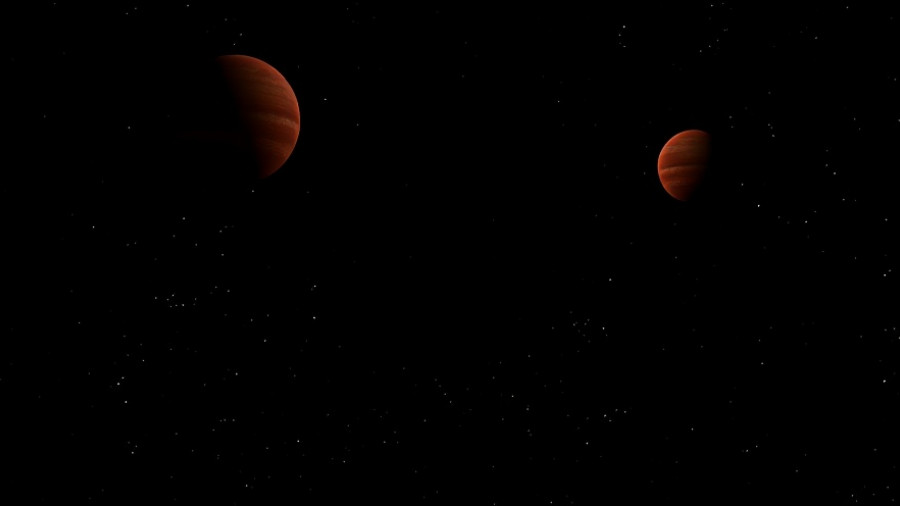
The Enigmatic Little Red Dots of the Universe
When the James Webb Space Telescope (JWST) began its mission, it provided astronomers with unprecedented insight into the ancient cosmos. One of its most captivating discoveries is the so-called "Little Red Dots" (LRDs) captured in deep-sky surveys, which sparked a lively debate within the astronomical community.
Decoding the Little Red Dots: What Are They?
Initially observed in December 2022, these LRDs are intriguing compact objects showing a prominent red hue. This has led scientists to formulate several hypotheses about their origins. Some experts suggest that these luminous dots are extreme cases of galaxy formation — compact, intensely star-forming regions similar to certain dusty galaxies observed in the present universe.
Conversely, another theory posits that the LRDs might represent galaxies in the early developmental phases of forming massive black holes (MBHs). Each hypothesis is fascinating yet presents different avenues for understanding the evolution of galaxies and the cosmos at large.
The Stellar-Only Hypothesis: A Subtle Evolution
One of the most widely accepted models is the stellar-only hypothesis, suggesting that LRDs are densely packed, red galaxies filled with stars and cosmic dust. These increasingly star-forming galaxies could provide insights into the early stages of galactic development, evolving from primitive structures into more familiar forms over cosmic time. As pointed out by Professor Andres Escala of the Universidad de Chile, these structures appear compact and red due to their high mass-to-size ratio, making them 10 times smaller than existing galaxies with a significant amount of stars tightly packed within.
Black Holes in the Making: The MBH Interpretation
On the other side of the debate, the MBH interpretation considers that these red dots may harbor nascent supermassive black holes at their centers. The presence of broad Balmer emission lines hints at this possibility but also presents a puzzle: most LRDs do not emit significant X-ray radiation typically associated with black holes, raising questions about their stability and evolution.
Yet there is logic within the chaos. Researchers, including Professor Escala, suggest that these LRDs may be in an early formation stage of black hole development. They speculate that as these galaxies mature, their fundamentally unstable cores will directly lead to black hole formation.
The Evolutionary Landscape of LRDs
Interestingly, Escala and his team have presented a unified theory, suggesting that both theories could serve as different stages in the evolutionary timeline of these young galaxies. He notes that during their lifespans, LRDs transition through phases driven by stellar formation while also yielding the necessary conditions to give birth to supermassive black holes. The transient nature of LRDs — only observable between redshifts of z=8 and z=4 — indicates they are primarily in their infancy, barely existent for but a fleeting moment in the universe's timeline.
The Implications of Discovering LRDs
Understanding the formation and evolution of LRDs can significantly impact our current cosmological models. As scientists refine their theories, they might reshape our understanding of galaxy growth and the dynamics of black hole creation, two fundamental components of the universe's architecture.
The fate of these little red dots encapsulates a crucial challenge in modern astronomy — revealing how these compact galaxies relate back to the larger cosmic narrative. They offer a window into the unexplored depths of the universe's history and the underlying mechanisms that govern the stars, galaxies, and black holes sprawled across the celestial tapestry.
The journey into understanding LRDs is just beginning, and as new data from JWST continues to emerge, the mysteries they embody may be further unraveled, enriching our comprehension of the universe.
 Add Row
Add Row  Add
Add 




Write A Comment